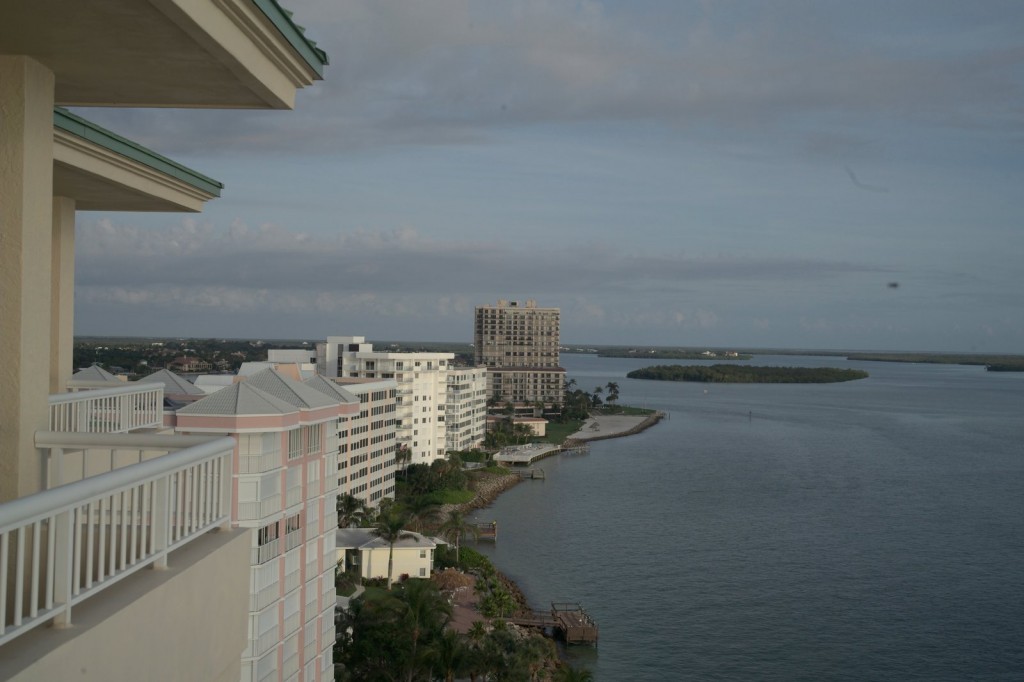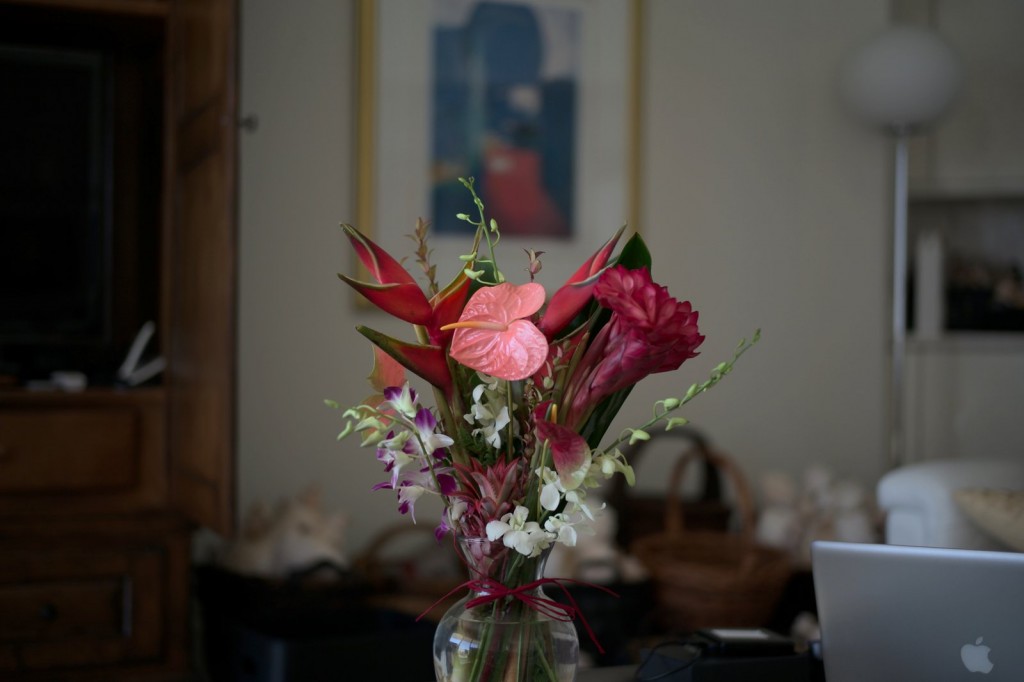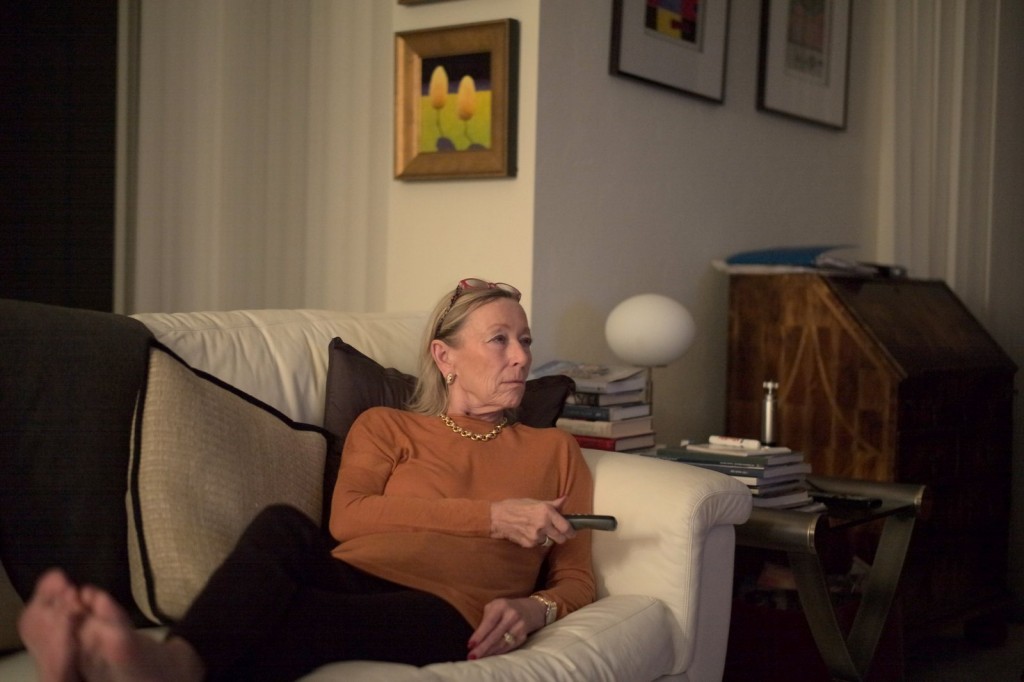On the 17th of September 2012, Leica announced the new M (Type 240), generating a lot of excitement amongst photography enthusiasts. In a significant departure from it’s predecessors – the M8 and M9 digital rangefinders, the new M Type 240 is to feature LiveView! This coupled with bells and whistles like focus peaking and magnified view was positioned as enabling the use of Leica R lenses, via suitable adapter, to be used with the new M. Obviously, using other adapters, theoretically any lens from another mount system could then be used on the M, allowing photographers to get past one of the limitation of the previous Leica M-mount digitals – with the M8 and the M9 one was restricted to M-mount lenses. Either that or if you mounted a non-M-mount lens via an adapter, you were on your own as far as focusing was concerned. You had two options – focus by using the distance scale or focus using trial-and-error.
Amongst the many discussions that the announcement generated were discussion about the inherent difference in the sensors – LiveView meant a CMOS sensor whereas the “magic” of the M8 and M9 came from the unique rendering of the Kodak CCD sensors in those cameras. A rendering that many photographers, including yours truly, had grown to love – the color signatures of the the M8 and M9 are unique and the rendering is very different from the output of the Nikon and Canon CMOS sensor based cameras. Many photographers using the M8 and M9 felt that at base iso, the image quality from the Leica cameras was far superior to that from CMOS sensors. My friend Peter blogged about that here. Needless to say, those debates are still seen on online fora, especially in the absence of images from the new M (Type 240). I’m going to refer to the new Leica as the M240 here onwards.
My friend Dr. Ulrich Rohde has had access to the new M240 for many months now and has been kind enough to share images with me, as the M240 developed and he received multiple prototypes. I recently got his consent to share some of those images. He was also kind enough to invite me to visit him and shoot with the M240, an offer that I’ve so far been unable to take him up on, given year-end work pressures. I hope to visit him sometime in the new year and shoot with the new Leica. Anways, without further ado, here are some of Dr. Rohde’s images. These are from version 0.1.8.1 of the firmware. Dr. Rohde is very excited about the M240. He tells me that the color rendering, sharpness and clarity of the new Leica surpass those of the M8 and M9. He also tells me that the exposure meter is more accurate. So far the prototypes have been jpeg output only. I’m hoping to get DNGs as the firmware evolves and supports RAW output. Stay tuned!
These following images are all shot by Dr. Rohde in his tests of the M240. He holds copyright and they may not be reproduced elsewhere without his explicit permission.
These images are at web resolution and may or may not enable one to make judgements about the quality of the images produced by the M240, especially in the context of the CMOS versus CCD debate. Personally, I’m excited – these images give me more hope that the M240 will produce images close in character to those from the M9, at least as close as physics will allow, given the inherent differences in the sensors. I hope to post more on this subject soon. Thanks much to Dr. Ulrich Rohde for providing the images and his comments based on many months of playing with the M240.

![L1000618[7]-M240](http://seekinglight.net/golb/wp-content/uploads/2012/12/L10006187-M240-1024x682.jpg)






